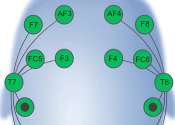AI yields promising results for advancing coronary angiography
New insights from the AI-ENCODE study showed artificial intelligence (AI) successfully allowed the automated extraction of key functional and physiological data from routine angiograms. The results were presented at the Society ...
May 2, 2024
0
0









